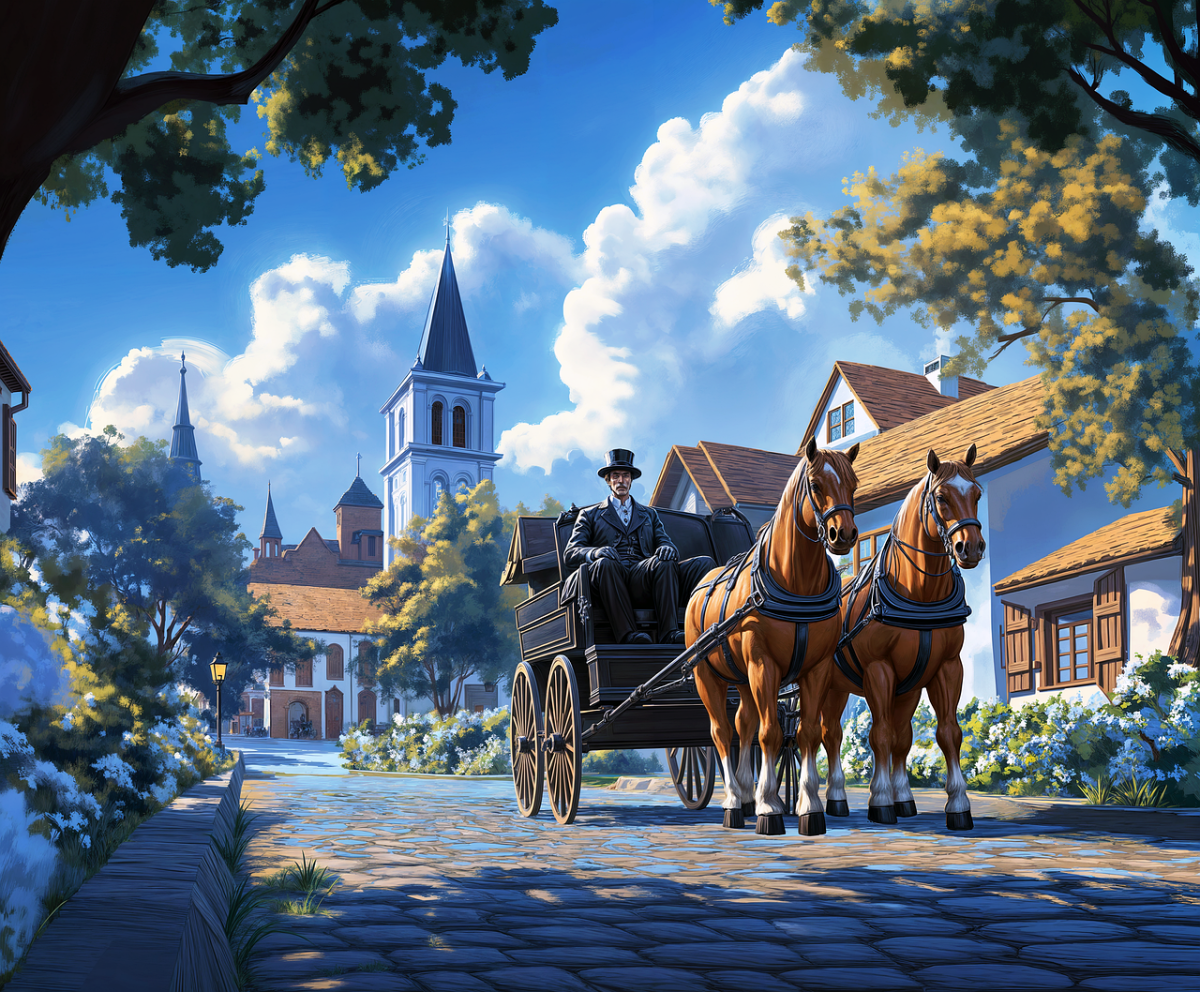The Battle of the Somme- Birdsong and the Novel as the Finest Expression of the Human Spirit

Introduction
In July of 2016, the British Monarchy and others around the globe commemorated the close of a century since the Battle of the Somme, one of the worst encounters in any war in history, in 1916’s Occupied France.
In this review, I will try to juxtapose three key ideals: the war, the novel and the human canvas of spirited consciousness. In short, life as it appears in its most tragic before the artist’s eyes, who happens to be in this case an author. At once war brings to mind visions of torture, maiming, gore and women and children helplessly in the nightmarish background. As of such, few descriptions of war exist to compare with those concerning the often called the Great War (World War 1), in which millions of men died and both sides at loggerheads suffered countless numbers of casualties. Rekindling those memories is a perfect novel, Birdsong(1993) by Sebastian Faulks: it is one of the best in the last couple of years to bring to mind what constitutes a great story, on any subject, war or not.
In every plot, there is always an exemplification: a fragment of reality that can stand for the bigger reality out there. So it is with Birdsong, which recounts memories of the bloodiest fight of the First World War, The Battle of the Somme in France.
Firstly, the background to the harrowing experience of Allied and Axis soldiers in this 1916 experience.
A Historical Note of the Battle of the Somme
The most poignant account about this encounter that pitted more than a million men on either side of the Western Front is the trench warfare and the bombardments that presaged the firefight of the skies that would later become the center stage of the war that was to follow, World War II. At the Somme date with fate, mudpacks stained the fields which in turn encumbered the platoons of Wehrmacht and Allied men who tried to move amid the artificial embankments hiding soldiers from direct shellfire underground.
In fact, trenches and tunnels were critical determinants of how the war progressed and as such were in rampant use as strategic survival and resilience instruments by both sides. The men who lived in these underground tunnels burrowing like moles with carbonated air pumping inside from the trenches, above, were awarded the apt term of sewer rats. Indeed, they lived in perpetual fear of the enemy having parallel fox holes besides theirs where he could listen and detect human movement or actual digging before bombing the adjacent Allied trench. This would lead to nightmarish action as the holes were several feet (mostly 60 feet) in depth and sometimes 5 miles long, leading to mudpacks and triggering collapses across vantage entry points leading to live burial of hundreds of men.
In actuality, history is nonconsensual about which side lost more men, but accounts claim about 1.4 million on either side of the divide either died or were causalities. Unofficial statistics in one survey put Germans as 465000 casualties and allied 623907 while a more believable scientific survey shows that the allies lost(men who died as opposed to wounded) more than 146431 soldiers while the Germans around 164055. From the above statistics it is not clear which side had more dead but it is apparent that the wounded mostly encrusted the Allied side.
This ultimately puts the Battle of the Somme as one of the most nightmarish experiences of war known to man. And thus the interest in the novel, Birdsong, as one of the best expressions, in the letters world of today, in the celebration of the tragic nature of the human spirit.
Birdsong as a Celebration of the Human Spirit
When Birdsong came out in 1993, it was hailed by top critics as the best novel of the last 40 years. This appropriately places it as the only novel post-1950-the so-called the climax of the great novels of the past- that has been able to bring back the subtlety and in-depth approach to a story that 19th century novels very well did.
The story is set in Ancre Heights and the valleys around Amiens, France, the scene where the Battle of Somme finally tailed off in November, 1916.
Now the main point that brings the novel, in question, as a great example of the edification of the human spirit is its celebration of bodily love in war time: Stephen Wraysford, the hero, engages in some of the finest erotic expressions in a mainstream novel, ever written, with a married woman. This leads to the breakup of a marriage that would never hold together in affinity to the past peaceful customs of the so-called blessed continent (Europe)-an epithet that, according to Sebastian Faulks in his other WWII novel, Charlotte Gray, would end when Europe was shattered by the two great wars of the first half of the twentieth century. Indeed, Stephen and his to-be estranged lover, Isabelle, would both be haunted practically by war, whether in actual action on the frontline or maiming.
The second current other than eroticism that places Birdsong in the ranks of some of the finest novels ever to express human spirit is the death of a virgin noncom, Captain Weir, the sewer rats’ or trench diggers’ commander, who postponed sleeping with a woman until war came calling when he was already 32. He would later die under a German sniper’s cannon strike over his own burial ground (the underground trenches where he had just climbed in preparation to reconnoiter the Battle of the Somme.). In one of the most harrowingly regrettable actions in fiction, Stephen realizes that the man he has just thrown into the mudpack, face down, only a few nights earlier from an act of sudden anger now dies alone, having not known the warmth of a woman’s flesh. This is after he falls symbolically into the same mud, facedown again, that Stephen had pushed him into earlier. No wonder he could not rouse form his field hut for a few days from sorrow and regret.
Finally, Birdsong brings the futility of war at its rawest by showing dreamlike underground action in the trenches. It is nightmarish how courage under fire is often under portrayal by all artists whether movie directors, painters or writers: in this instance, Weir has just heard that the underground trench has collapsed after a parallel German tunnel finally rejoins the British one underground and several of his men will be dead if he does not warn them beforehand. He forces the reluctant officer Stephen to follow him into the darkness with only a bird with its harrowing cry to show them the way. Even as the trial to climb over each other while trying not to unsettle the loose soil that is about to bury them just a few inches above their noses with no turning round space, the bird flies away and Weir’s arm is broken. In wartime, a pigeon being caught by the enemy is a court-marshal action and Stephen, despite the futility of all what they have done so far searching for unredeemable buried men, has to fumble blindly in the darkness and then kill the bird with only one hand before trying to worm his way out through the tunnel to call for a stretcher.
Summary
Enough is said of what a novel can do amid the obstacles of human nature like fear in a historical battle and Birdsong qualifies as, therefore, one of the finest expressions of the tragic in a human soul.








